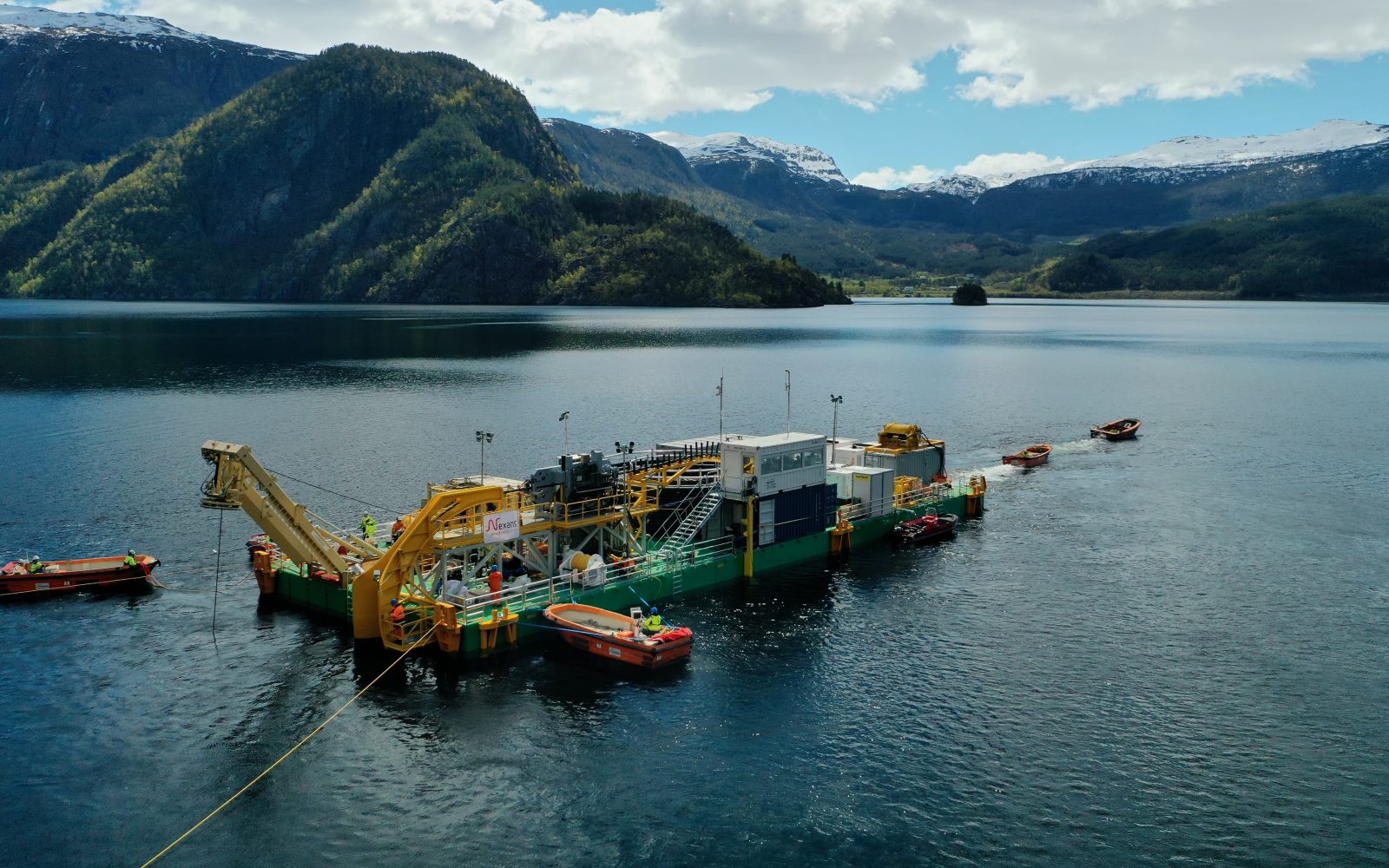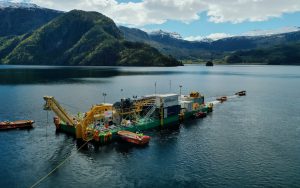The Prime Minister has announced 100 new oil and gas drilling licences in the North Sea – a move that has stoked fierce debate over the cleanliness of the UK’s energy supply.
The raft of net zero initiatives enshrined into law by Conservative governments past are butting up against the need to guarantee the UK’s energy security and reduce bills for consumers.
Back in 2021, Boris Johnson pledged all sectors of the UK economy would be carbon neutral by 2050 – all the carbon dioxide (CO2) emitted being compensated for by carbon capture projects.
Scientists believe so-called “greenhouse” gas emissions – among which CO2 is thought to be the worst offender – are responsible for global warming, with devastating consequences for future generations.
On Monday, Rishi Sunak confirmed an additional 100 new North Sea production licences would be granted this autumn, insisting the move remained “entirely consistent” with the UK’s climate change commitments.
But just how reliant is the UK on fossil fuel extraction these days? And is expanding its scope really as environmentally sound as the Prime Minister claims?
How much oil and gas has the UK extracted from the North Sea historically?
Oil was first piped onshore from beneath the bed of the North Sea back in 1971, just over 50 years ago, but widespread exploitation of the reserves discovered didn’t boom until the Eighties.
Read more: Express
It’s Time to Go Green!
If you would like to know more about Solar Panels and the PowerBanx range of home battery systems, and get a free instant quote, please complete our online form:







